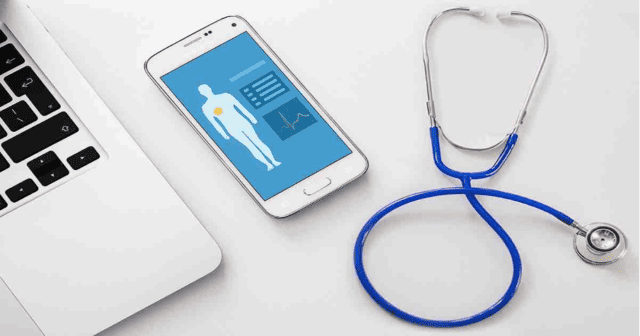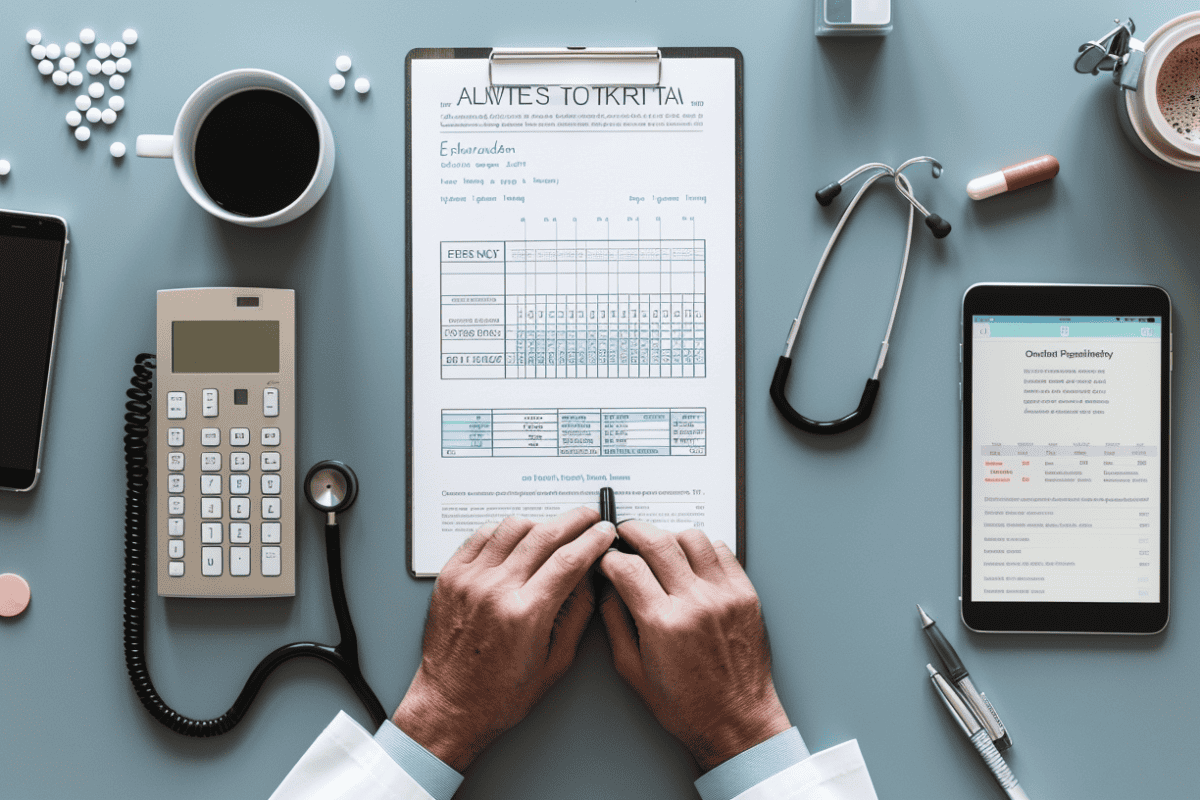In recent years, doctor consultation apps have gained significant popularity as people seek convenient and accessible healthcare solutions. These apps provide an innovative and efficient way for patients to connect with doctors and healthcare providers from the comfort of their homes.
In this article, we will explore the advantages of developing a doctor on demand app as a startup, the reasons behind the popularity of these apps, the important features of such apps, and the doctor on demand app development process.
Why Doctor on Demand Apps Have Gained Popularity in Recent Years

The rise in the popularity of doctor on demand apps can be attributed to several factors:
The First Reason
For patients who, for a variety of reasons, such as distance or time limits, cannot physically visit a doctor’s office, these applications offer a convenient and accessible healthcare alternative. Patients can interact with doctors and healthcare professionals using doctor on demand apps without leaving their homes or standing in long lines, saving them time and money.
The Second Reason
Apps for doctor on demand provide a more affordable option to traditional healthcare solutions. These apps offer reasonably priced consultation fees and get rid of other expenses related to traditional healthcare solutions, such as childcare and transportation.
The Third Reason
The COVID-19 pandemic has further accelerated the adoption of doctor on demand apps as people seek contactless healthcare solutions to avoid exposure to the virus. Since they enable people to receive medical care without having to leave their homes, doctor on demand apps have become a safe and dependable healthcare option during the epidemic.
Advantages of Developing Doctor Doctor Consultation Applications as Your Startup
Developing a doctor on demand app as a startup offers several advantages, including:
High demand: With the rise in the popularity of doctor on demand apps, there is a high demand for such applications in the market. Developing a doctor consultation app can lead to a high customer acquisition rate and significant revenue growth.
Revenue potential: Doctor on demand apps generate revenue through consultation fees, subscription plans, and advertising. These revenue streams offer significant revenue potential for startups.
Cost-effectiveness: Developing a doctor on demand app is a cost-effective startup solution compared to other traditional healthcare solutions.
Scalability: The needs of an expanding consumer base can be easily met by scaling up doctor on demand apps.
The Most Popular Doctor on Demand Applications and their Important Features

There are several doctor on demand applications in the market, each offering unique features and functionalities. Here are some of the most popular doctor on demand apps and their important features:
Teladoc: Teladoc is a popular doctor consultation app that offers 24/7 access to doctors and healthcare providers. The app offers video consultations, messaging, and phone consultations. Teladoc’s key features include symptom checker, medication reminders, and health record storage.
Doctor On Demand: Doctor On Demand offers video consultations, messaging, and phone consultations with doctors and healthcare providers. The app also offers psychiatric services and can connect patients with licensed therapists. Doctor On Demand’s key features include medication management, appointment scheduling, and a health tracker.
Zocdoc: Zocdoc is a popular doctor appointment booking app that allows patients to find and book appointments with doctors and healthcare providers. The app connects patients with doctors according to their qualifications and provides reviews and ratings of doctors. Zocdoc’s key features include appointment reminders, in-app messaging, and insurance verification.
The Development Process of Doctor on Demand App
Developing a doctor on demand app involves several stages, including:
Idea validation
The first stage involves validating the idea for the doctor on demand app and conducting market research to identify customer needs and preferences. The target market, the app’s features and functionalities, and the probable market demand are all identified during this stage.
Planning
The second stage involves planning the app’s features, functionalities, and user interface. This stage also involves identifying the target audience and defining the app’s marketing strategy. The planning stage helps create a roadmap for the app development process.
Design
The third stage involves designing the app’s user interface (UI) and user experience (UX). The UI design includes creating a visually appealing and easy-to-use interface, while the UX design focuses on creating an optimal user experience for the app’s users.
Development
The fourth stage involves actual development of the app. This stage includes backend development, front-end development, database management, API integration, and app testing.
Testing
The fifth stage involves testing the app for any bugs, errors, or performance issues. This stage ensures that the app meets the quality standards and user requirements.
Launch
The sixth stage involves launching the app on app stores such as Apple App Store and Google Play Store. The app launch includes creating a marketing strategy, optimizing the app store listing, and generating user awareness.
Maintenance and Updates
The last stage involves maintaining the app’s functionality and updating it regularly with new features and bug fixes. This stage ensures that the app continues to meet the user’s needs and expectations.
Why Does Such an Application Simplify the Life of Both the Patient and the Doctor?
Doctor on demand apps simplify the lives of both patients and doctors in several ways:
Convenience: People don’t need to make long trips to the hospital or clinic because they can simply connect with doctors and other healthcare professionals from the comfort of their homes. Both patients and doctors can save time and effort by doing this.
Accessibility: Doctor on demand apps provide access to medical care to patients who live in remote or rural areas, where access to healthcare facilities may be limited. This increases the accessibility of healthcare services and improves health outcomes.
Cost-effectiveness: Doctor on demand apps provide a cost-effective alternative to traditional healthcare services, as they eliminate the need for in-person visits and associated costs such as transportation and hospital fees. This makes healthcare services more affordable and accessible to a wider range of patients.
Time-saving: Doctor on demand apps save time for both patients and doctors, as patients can book appointments at their convenience and doctors can manage their schedules more efficiently.
Improved patient outcomes: By the use of doctor on demand applications, patients can schedule quick follow-up appointments and medical care, which improves health outcomes and lowers the likelihood of readmission to the hospital.
Increased efficiency: Doctor on demand apps provide a more efficient way for doctors to manage their appointments and patient records, leading to improved workflow and better patient care.
In summary, doctor consultation apps simplify the lives of both patients and doctors by providing convenient, accessible, cost-effective, time-saving, efficient, and effective healthcare services.
Conclusion
Doctor consultation apps have gained significant popularity in recent years due to their convenience, accessibility, cost-effectiveness, and efficiency. These apps provide an innovative and efficient way for patients to connect with doctors and healthcare providers from the comfort of their homes, while also enabling doctors to manage their schedules and patient records more efficiently. Developing a doctor on demand app as a startup offers several advantages, including high demand, revenue potential, cost-effectiveness, and scalability. The development process of a doctor on demand app involves several stages, including idea validation, planning, design, development, testing, launch, and maintenance and updates. By following these stages, startups can create a successful doctor on demand app that meets the user needs and expectations. Overall, doctor consultation apps have the potential to revolutionize healthcare by providing accessible, affordable, and quality healthcare services to a wider range of patients.
This is a sponsored post
Digital Health Buzz!
Digital Health Buzz! aims to be the destination of choice when it comes to what’s happening in the digital health world. We are not about news and views, but informative articles and thoughts to apply in your business.


